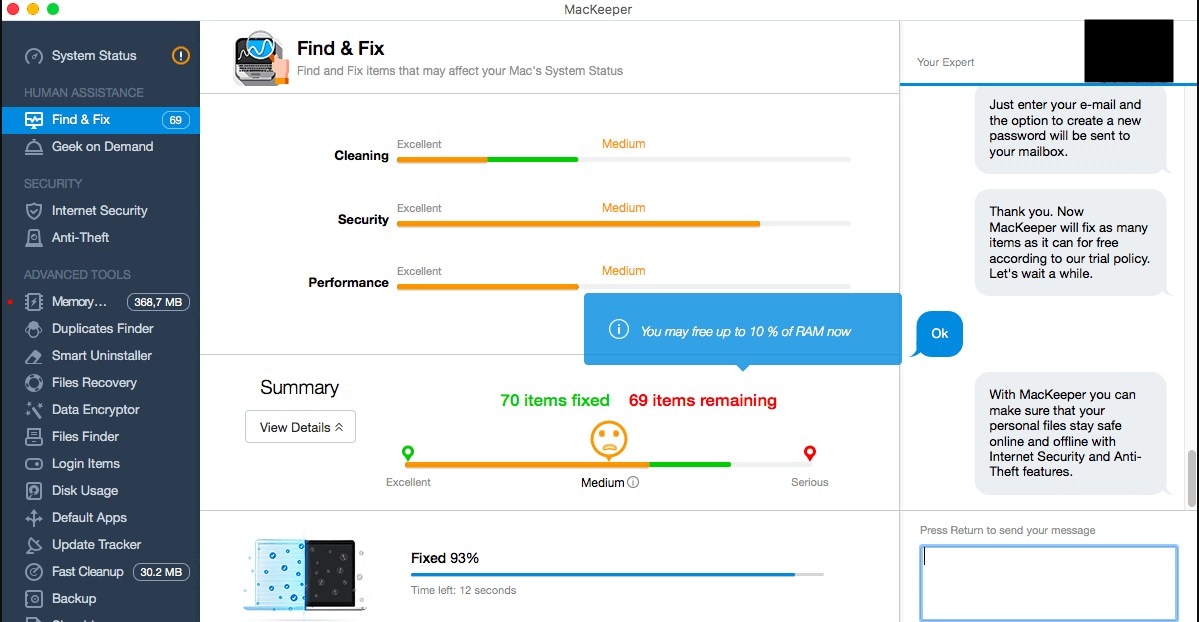

Generally, cloning a disk with tool like SuperDuper! will eliminate most fragmentation because data is being written freshly to a new, blank filesystem, and can occupy appropriately sized portions of space. Second, the automatic defragmentation routines will not work on certain files - specifically those above 20 MB nor those fragmented into 8 or fewer segments.īack to the effectiveness of disk cloning and susceptibility of large files to fragmentation: obviously larger files are more likely to be fragmented because they require more disk space, and as such may occupy many separate portions of the filesystem.
IDEFRAG TORRENT FREE
First of all, though they can reduce fragmentation of extant files, they can also cause remaining free portions on the disk to become smaller in size, potentially leading to more fragmentation down the road as new files are written.
IDEFRAG TORRENT MAC OS X
Finally, Mac OS X 10.3.x can automatically defragment some files through a process called "Hot-File-Adaptive-Clustering." Though these routines have undoubtedly have made consequential fragmentation a less common occurence, their efficacy is not beyond question. Second, Mac OS X 10.2 has a routine that clumps smaller portions of disk space into larger portions on the fly. First, the filesystem avoids using space recently freed by recently deleted files whenever possible, looking instead to potentially larger, already free portions of the disk first. fragment them.įortunately, Mac OS X's HFS+ filesystem has some safeguards against avoidable fragmentation. As such, it will start to split files into smaller chunks and spread them to free portions at different locations on the disk - i.e. When hard drives become full, the filesystem needs to begin using smaller, and smaller portions of free space to store data. The filesystem consists of various, differently-sized portions of free space, separate from one another. That doesn't seem significant for a simple transfer or one-off access, but the fragmentation can cause noticeable slowdown when you are repeatedly manipulating a file not stored in RAM, or working with a collection of smaller, fragmented files.
IDEFRAG TORRENT PLUS
If it is split into 10 chunks, and your drive has a seek time of 8 ms, you will need to add 8 ms per chunk, plus 8 ms for the initial seek - or 90 ms - to the access time.

Think of it like this: if your disk can transfer data at 20 MB per second, a 200 MB file will theoretically take 10 seconds to access/transfer if it is stored in one chunk. As such, a file in one contiguous lump will be accessed more quickly than a file in two segments, three segments, etc. Hard drives need time to seek (move their point of access to a different location) and begin culling data. The reason the aforementioned methods work requires a quick explanation of what fragmentation is, and the difference between disk defragmentation and disk optimization:įragmentation, to put it simply, occurs when files are split up into multiple parts and stored in different locations on the hard drive.


 0 kommentar(er)
0 kommentar(er)
